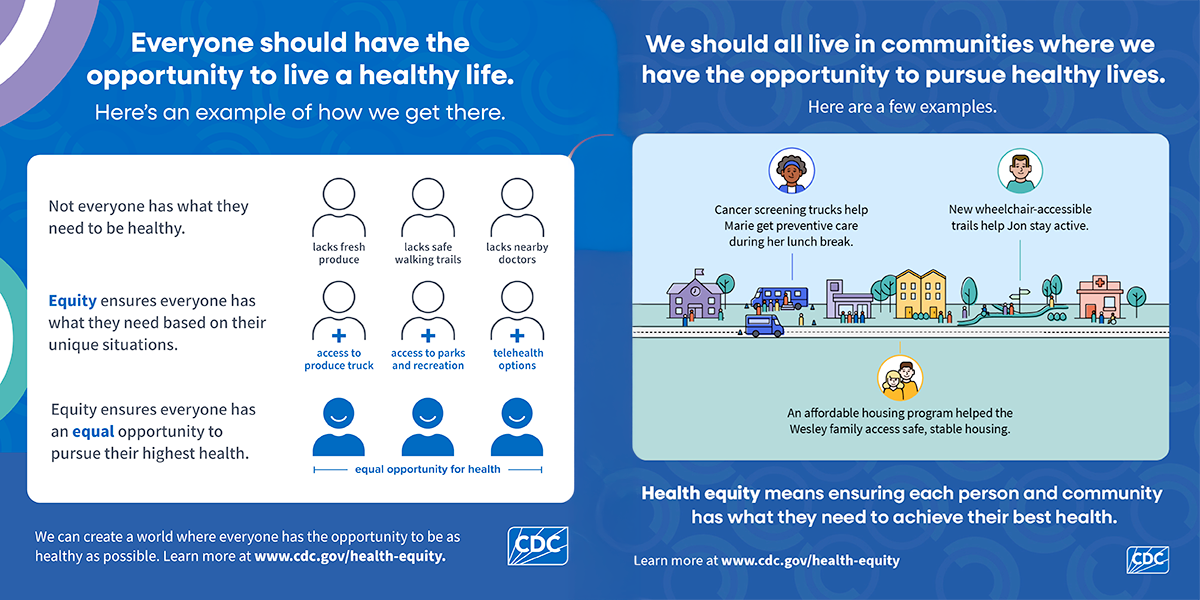Understanding and Addressing Health Disparities in Minority Communities
Health disparities in minority communities are a serious issue that affects millions across the country. Health should be a right, not a privilege, but for many individuals in these communities, the journey to receive quality care is often filled with barriers that others may never face.
Across the country, people of color experience higher rates of chronic illnesses, limited access to healthcare, and greater challenges in getting the support they need. These are not isolated issues or personal failures. They are the result of long-standing inequities in housing, education, income, and the healthcare system itself.
According to the Centers for Disease Control and Prevention (CDC), addressing health disparities is essential to achieving health equity across all communities. Learn more about our in-home healthcare programs designed to provide support where it’s needed most.
What Do Health Disparities Really Mean?
Health disparities in minority communities can show up in everyday situations. A parent may skip their doctor’s appointment because they cannot take time off work. A patient might leave the hospital confused because discharge instructions were not explained in their language. A person managing a chronic illness may avoid follow-up care because they do not feel heard or respected.
These stories are far too common. They remind us that healing does not begin with a prescription. It begins with listening, understanding, and showing up with care that honors each person’s experience.
Why Addressing Health Disparities in Minority Communities Matters
When people receive care that acknowledges their culture, language, and background, their health outcomes improve. They begin to trust the system again. They feel seen, and that matters.
Health equity means ensuring everyone has the opportunity to achieve their best health. It is about recognizing that not everyone starts from the same place and that some communities need additional support to overcome the barriers they face.
What Helps Create Change?
Care that is flexible and accessible
Meeting people where they are, whether through home visits, telehealth, or community-based services, makes care more reachable. For those with limited transportation or demanding schedules, this flexibility can make a life-changing difference.
Providers who reflect and respect the community
When care teams understand and respect a patient’s culture, language, and lived experience, trust is easier to build. Representation matters, and so does listening with empathy.
Clear, compassionate education
Health literacy is essential. People need to understand their conditions and treatment options. Providing materials and explanations in their preferred language and in simple, respectful terms helps people take control of their health.
Support that sees the whole person
Good healthcare goes beyond treating illness. It involves understanding a person’s social and emotional needs too. Food security, housing stability, and emotional support are all part of the bigger picture.
Looking Ahead
By addressing health disparities in minority communities through compassionate, accessible care, we can help create a more just healthcare system. It starts with care that is rooted in equity, understanding, and community. By listening more closely and acting more intentionally, we can help build a system where everyone feels welcome and supported.
Because everyone deserves to be healthy. Everyone deserves to be heard. And everyone deserves care that meets them with dignity.

